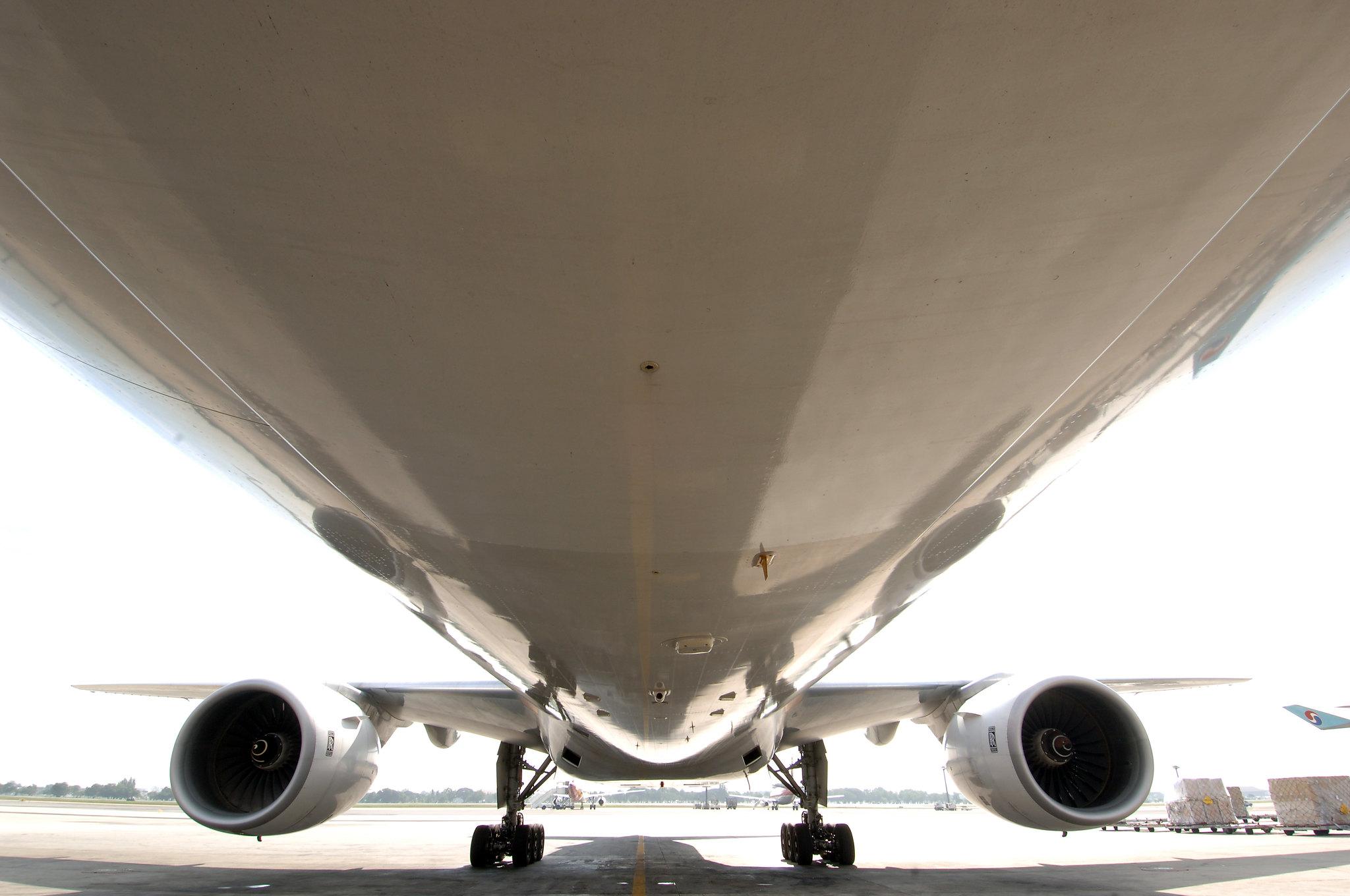Mixed Recovery Posing Challenges For Some MRO Providers | コロナ禍からの回復の地域差により、困難に直面するMRO事業者

バンク・オブ・アメリカのアナリストのレポートによると、ヨーロッパがコロナ禍からゆっくりと回復していく一方、アジアにおける逆風がこれを相殺してしまっており、特にワイドボディ機への依存度が高いアフターマーケット事業者の短期的な見通しが複雑なものになっている。
8月23日に発行されたこのリサーチノートには「ロールスロイス社製エンジンについて、7月には運航サイクルの増加が見られたが、その後5〜6月の水準に戻り、減少傾向が続いている。今後数ヶ月は注意深く見守る必要があるが、飛行時間の減少は特に2022年のリスク要因となるだろう」と書かれている。
ワイドボディ機への依存度が高いロールスロイス社製エンジンは、5〜6月にかけての飛行時間が2019年の50%程度の水準に達し、1〜4月の40%からは増加したと分析されている。しかし、アジア太平洋地域の航空会社への高い依存度(搭載数の約40%)は、この地域で進行中のパンデミックによる苦境が同社に大きな打撃を与えることを意味する。
「世界的に見て、2019年の水準に対する運航サイクルの割合は停滞しており、ヨーロッパにおける回復がアジアの状況により相殺されている形だ」とレポートに書かれている。
Eurocontrolが発表した8月22までの週間運航サマリーによると、ヨーロッパにおけるフライトは2019年と比較して30%少ない水準で、前の週からは1.1%増加している。
しかし、アジアでは逆の現象が起きている。5月は2019年と比較して17%減にとどまっていたが、最新(先週)の数字では46%減とレポートに記載されている。アジアの苦境はナローボディ機フリートにも影響を与えるだろう。
CFM International社およびInternational Aero Engines社製のエンジンも、搭載数の30%以上がアジアに集中している。「アジアの成長の遅れは、年内のナローボディ機の動向を見る上で重要な指標になる」とレポートでは指摘している。
多くのアフターマーケット事業者は、今年半ばから近い将来にかけては底堅いトレンドを報告しているが、最近の決算発表では、エンジンオーバーホールの作業範囲や工場整備における材料使用量の減少についての警告が急増している。
とはいえ、航空需要の回復が続く限り、グリーンタイムと在庫部品の消化は進んでいくため、作業範囲を限定するトレンドは長続きしないだろう。
「作業範囲の限定と、グリーンタイムの余裕は引き続き足かせになると予想している。しかし、これからは2022年の動向が重要性を増していき、これまで2年近く作業を制限しグリーンタイムを消化してきたことで、需要回復が続けばアップサイドリスクが生じることも考えられる」とレポートでは締めくくっている。
MRO Prospectorで契約情報を検索し、受注機会を発見しましょう
MRO Prospectorは民間機MRO(メンテナンス・修理・オーバーホール)契約の特定、予想される個別MRO案件の確認、将来の航空機およびエンジンのフリート規模を把握するのに役立つオンラインツールです。この製品は、航空会社やMRO事業者とのビジネスチャンスを追求するために、MROマーケットにどのような機会があるのかを知りたい方に向けて作られています。
Europe’s slow recovery is being offset by increasing headwinds in Asia, creating a mixed near-term outlook for some aftermarket providers, particularly those that rely on widebody flying that is most affected by international travel’s slump, Bank of America analysts report.
“After a tick up in cycles in July, flight cycles for Rolls-Royce’s portfolio have fallen back to levels of May/June, with negative momentum,” an Aug. 23 Bank of America research note said. “This will be a watch item for the next few months, but weaker flight hours will be a risk, in particular for 2022.”
Rolls, which relies heavily on widebody flying, saw flight hours approach 50% of 2019 levels in May and June, rising from 40% from January through April, the analysis calculated. But its heavy reliance on Asia-Pacific carriers—where about 40% of its installed base resides—means ongoing pandemic-related struggles in that region will hit the UK engine-maker particularly hard.
“At a global level, flight cycles have stalled as a percentage of [2019] levels, with progress in Europe offset by the situation in Asia,” Bank of America analysts wrote.
Eurocontrol’s weekly traffic summary for the period ended Aug. 22 has European network traffic down 30% compared to 2019—up 1.1% from the previous week.
Asia is moving the other way. Flight cycles were within 17% of 2019 levels in May. The latest figures, from last week, has them off 46%, Bank of America said. Asia’s struggles will affect narrowbody fleets as well.
Both CFM International and International Aero Engines have more than 30% of their installed base in the region. “Weaker growth in Asia is clearly a watch item for these fleets” for the rest of the year, Bank of America said.
While many aftermarket providers reported strong sequential trends through mid-year and into the near future, warnings on engine overhaul scope, or material usage per shop visit, proliferated during the latest round of earnings calls.
So long as flying activity continues to recover, however, the corresponding reduction in available green time and available inventory should ensure the scope-limit trend is short-lived.
“We expect scope and green time to continue to be a drag,” Bank of America said. “But increasingly attention will turn to 2022, where after almost two years of running down green time and reducing scope, there could be upside risk if demand does continue to improve.”
